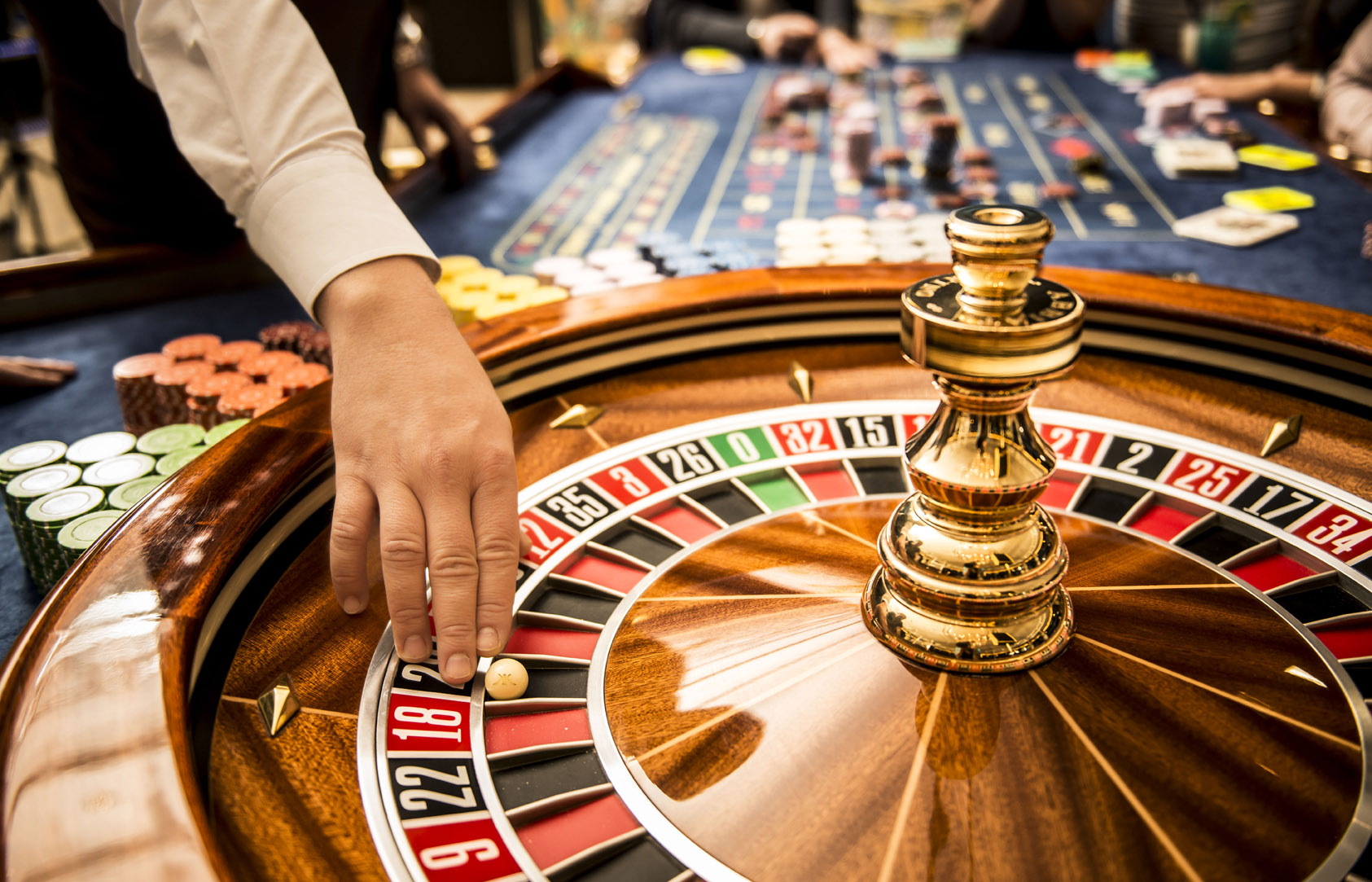When it comes to slot games, players often become captivated by the shimmering lights, engaging themes, and the thrill of turning the reels. But behind the glamour and entertainment lies an critical concept that every player should understand: RTP, or RTP. This key metric holds great importance in determining the return of your wagered money over time, affecting your gameplay and strategy as you play.
RTP is usually expressed as a percent and reflects the average amount of money returned to players compared to the overall stakes. For instance, if a slot game has an RTP of ninety-five percent, it means that, on average, players should anticipate receiving 95 dollars for every 100 dollars wagered. Understanding this concept can enable players to make better choices when choosing which slots to play, ultimately improving their overall casino experience.

What the definition of RTP?
Return to Player, commonly referred to as RTP, represents an important factor in the field of slot machine games. It represents the proportion of all wagered money which a specific slot is programmed to return to players in the long run. For example, if a slot has an RTP of 95%, this means that, in theory, players can expect to get back ninety-five dollars for each $100 placed over time. Understanding RTP aids players analyze the potential gains of various slot games.
RTP isn’t a promise of individual wins but instead a average computed over many spins. Each player’s experience may differ significantly because of the randomness inherent in the games. A better RTP implies superior odds for the player, thus making it a key consideration to consider while picking which slots to play. Still, even with a high RTP, there can be phases during which players encounter losses, because chance plays a significant role.
It is important to note that different slots have different RTP percentages. Some machines could display a reduced RTP because of a significant enjoyment or special features, while others hold a higher percentage to entice more conservative players. Understanding RTP enables players to take wise choices about their gambling strategies and control their bankrolls wisely while enjoying the thrill of casino slot games.
The Way Return to Player is Being Calculated
A RTP, also known as RTP, represents a critical measurement within the realm of casino slots games. This represents the percentage of all bet funds that a slot machine is expected to pay back to gamblers in the long run. Understanding how RTP is calculated requires insight of the dual aspects of the game’s architecture and its reward structure. This RTP is calculated through intricate calculations and data evaluation performed in the course of the slot machine creation phase. Game creators consider various factors, which include the frequency of winning outcomes and the size of returns for each outcome.
To calculate RTP, developers model a significant number in terms of spins on the slot machine. These simulations help identify how much typically, a gambler can expect to win according to their bets. For example, when a slot game boasts an average return of 95%, it suggests that, in theory, for every $100 dollars wagered, players can expect to receive ninety-five bucks back in the long term. This value doesn’t represent the amount a gambler might receive during a single session or during a couple of spins; rather, it reflects long-term return projections.
The values of RTP tend to be usually disclosed from the gaming house or slot creator. Gamblers must always look for such data when choosing a casino slots, because it can significantly affect their gaming experience. i9bet8.app A greater RTP typically means a better chance of winning back a portion of wagered money, even though individual plays may differ greatly. Understanding RTP enables gamblers to choose wisely and improve their overall enjoyment in the world of casino slots.
Value of RTP in Gaming
Comprehending the RTP or Return to Player is important for any player involved in slot machines. RTP represents the percentage of wagered money that a slot machine is set to pay back to players over time. A greater RTP indicates that players can look forward to receiving a larger share of their wagers back, making it an valuable factor for those seeking to maximize their play experience. Understanding this figure aids gamers make smart choices about which games to play, as it can significantly affect their chances of winning.
Moreover, Return to Player has a key role in the overall fairness and transparency of slot games. Players are often attracted to slots with greater RTP percentages because they provide a better opportunity of success over the duration of gameplay. Casinos and software creators use Return to Player as a selling point to draw in gamers, guaranteeing they maintain a competitive edge in the thriving gambling industry. By being aware of RTP, players can select games that align with their comfort level and objectives.
Finally, the idea of RTP promotes safe gaming practices. By understanding that not all slots will provide short-term winnings and that RTP is based on long-term play, players can regulate their anticipations and gambling behavior effectively. This knowledge enhances the enjoyment of slot games while fostering a more balanced gambling landscape. Gamers who grasp the importance of RTP are likely to have a more satisfying time and lessen the risks of problematic gambling behavior.
